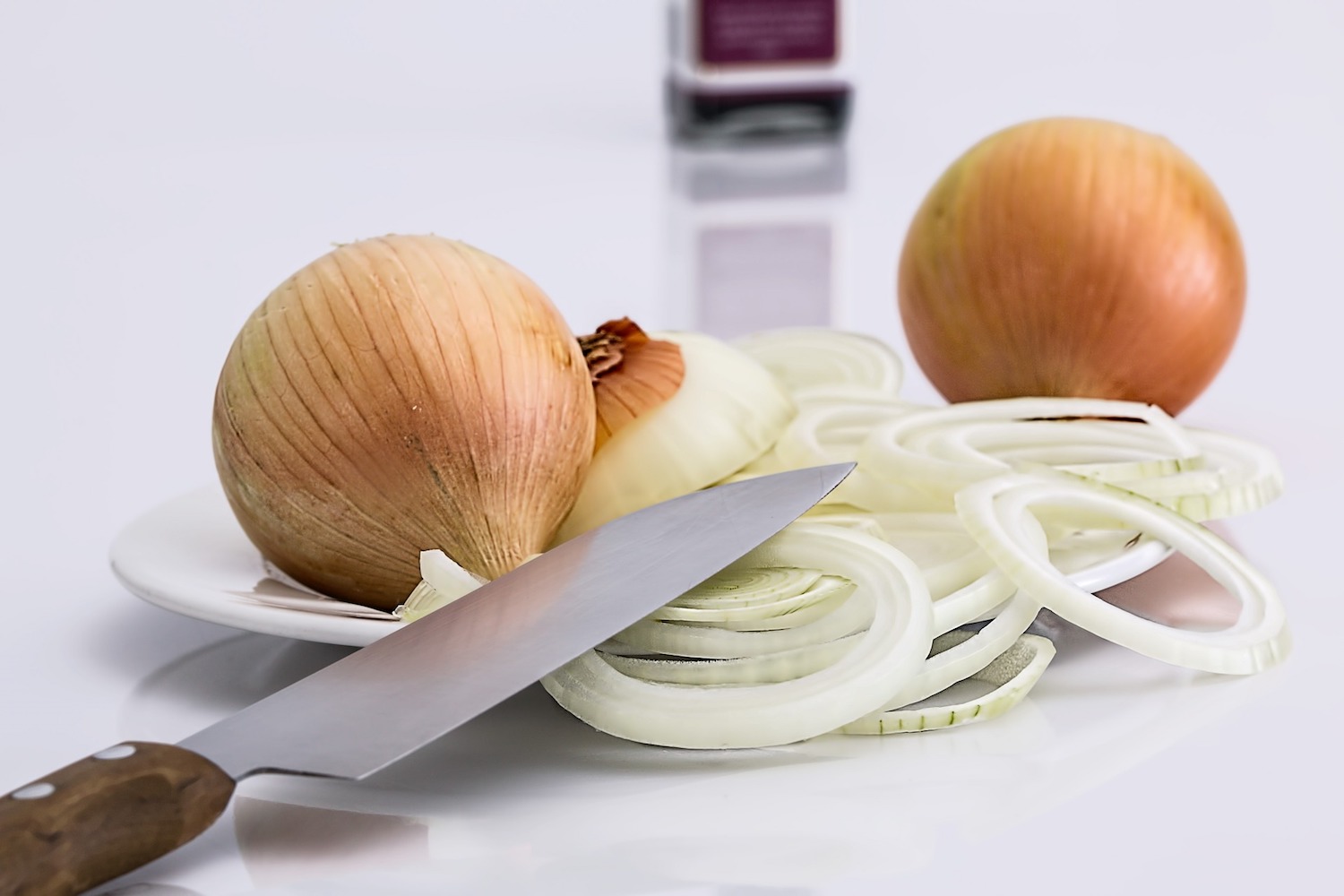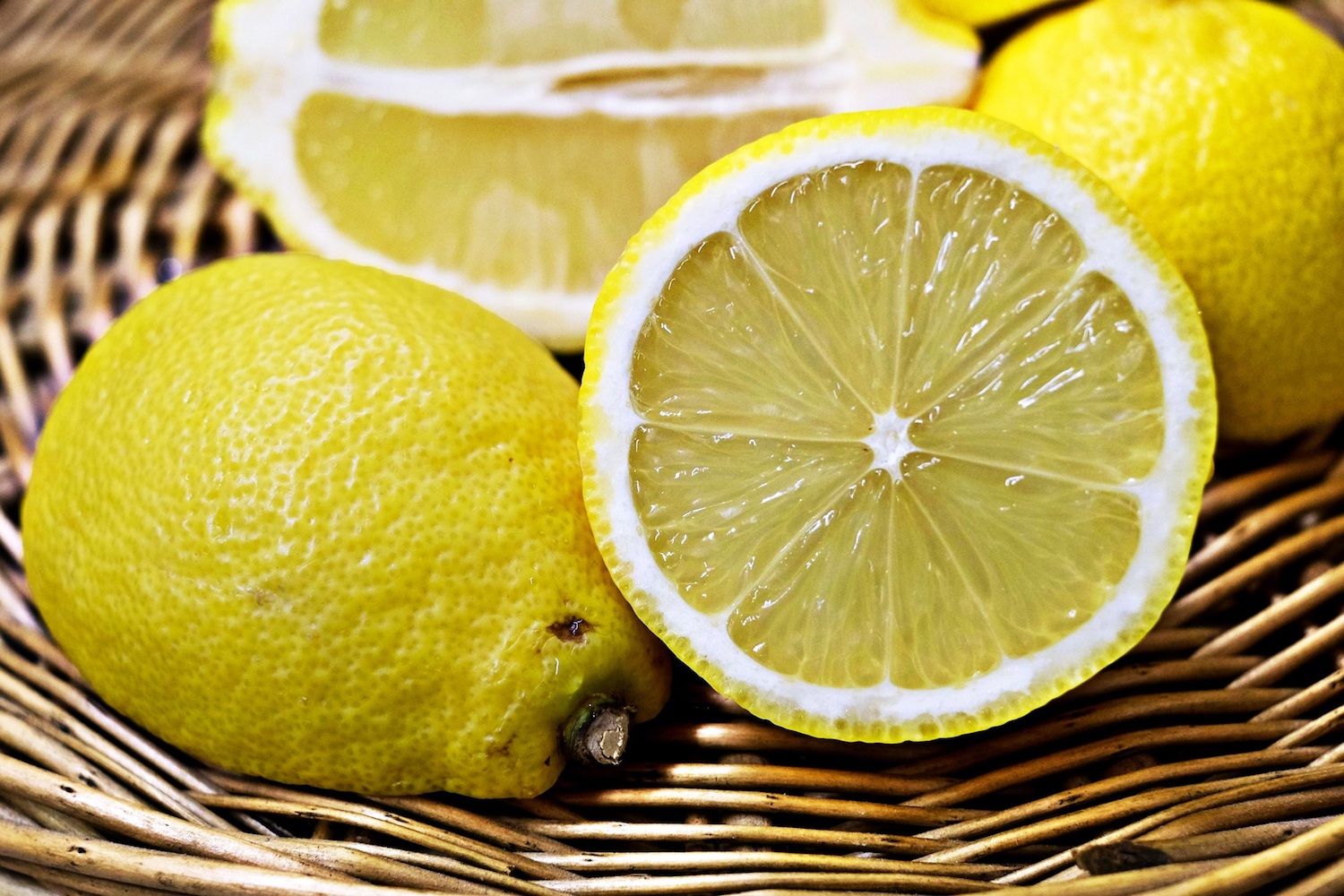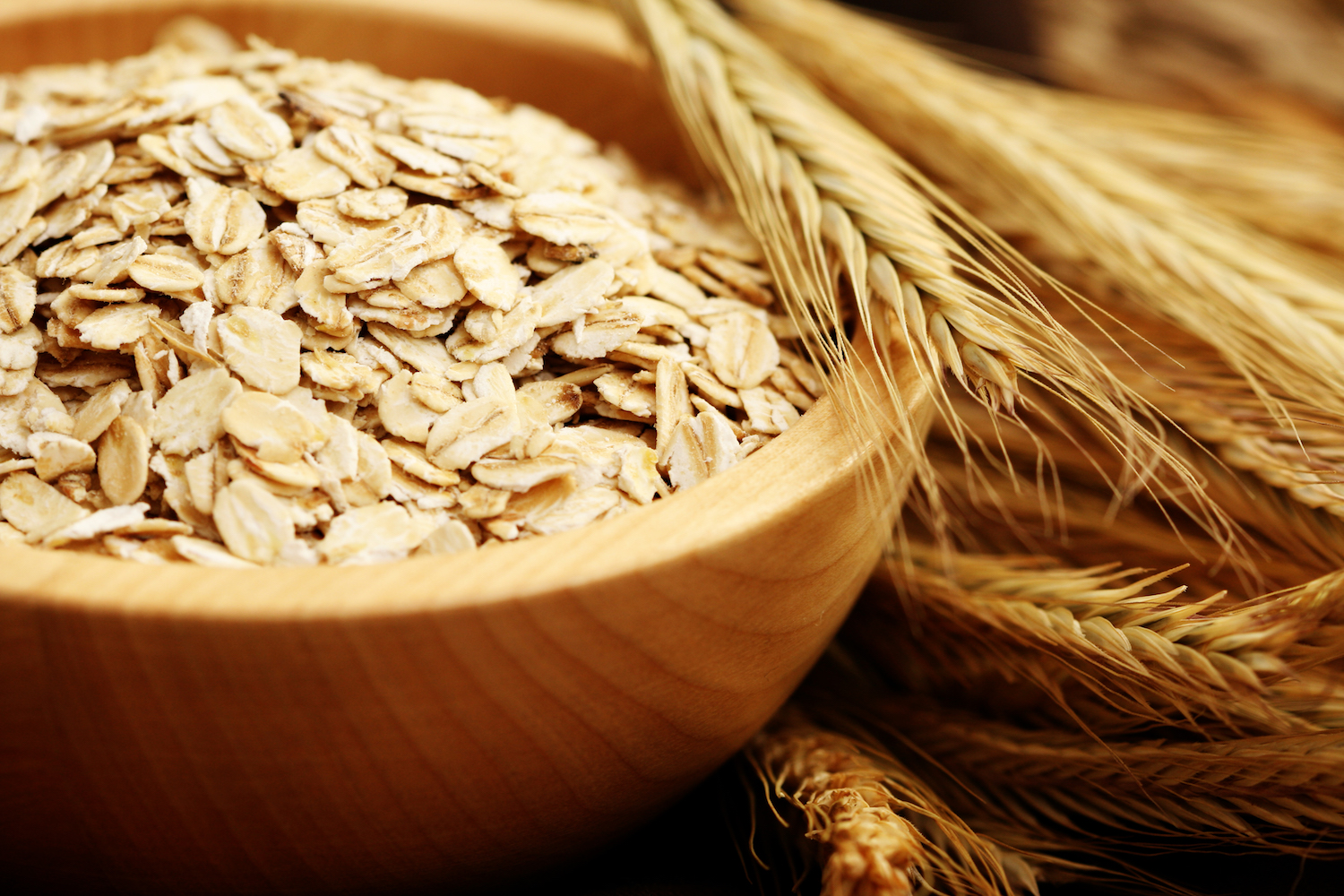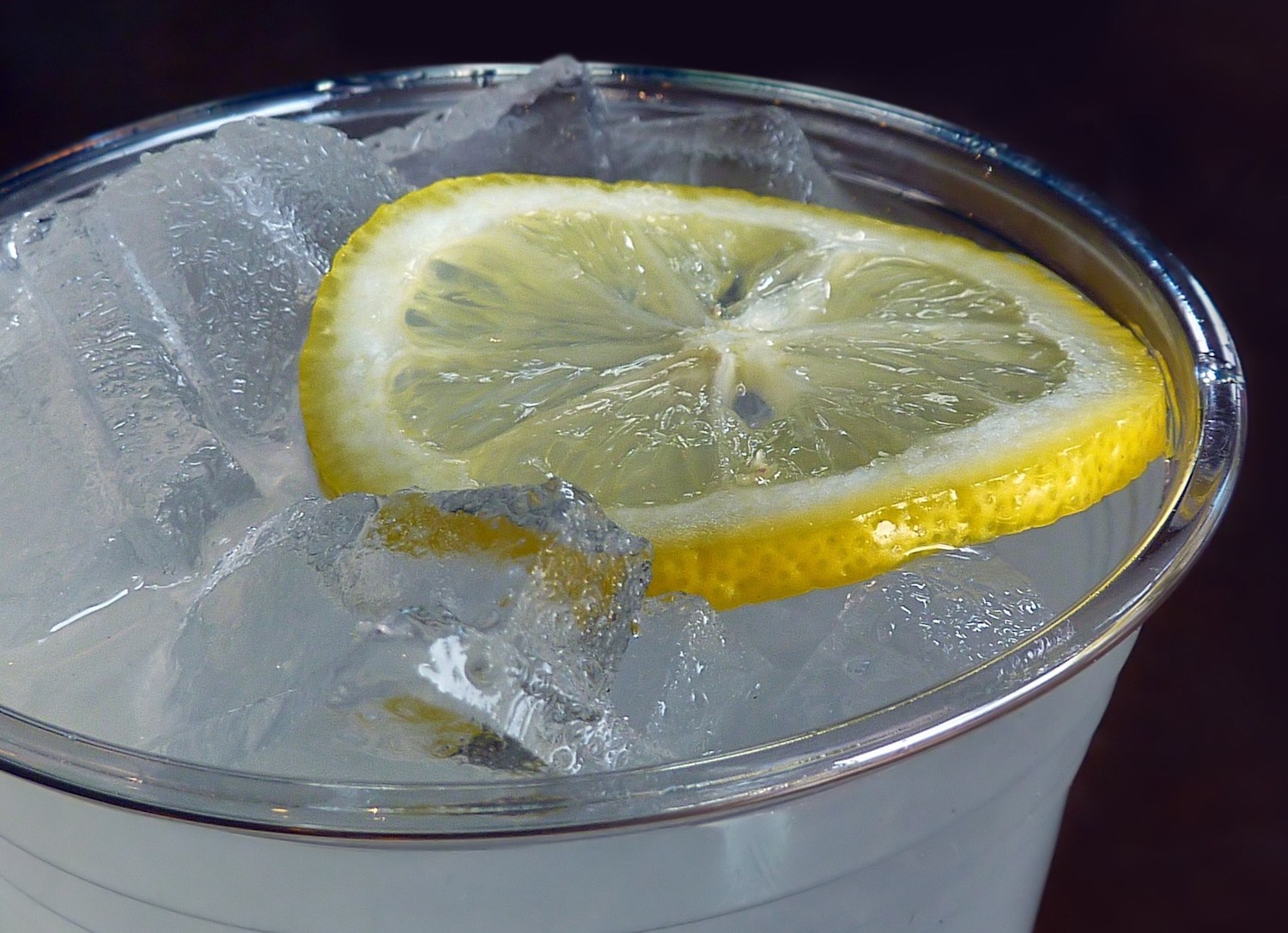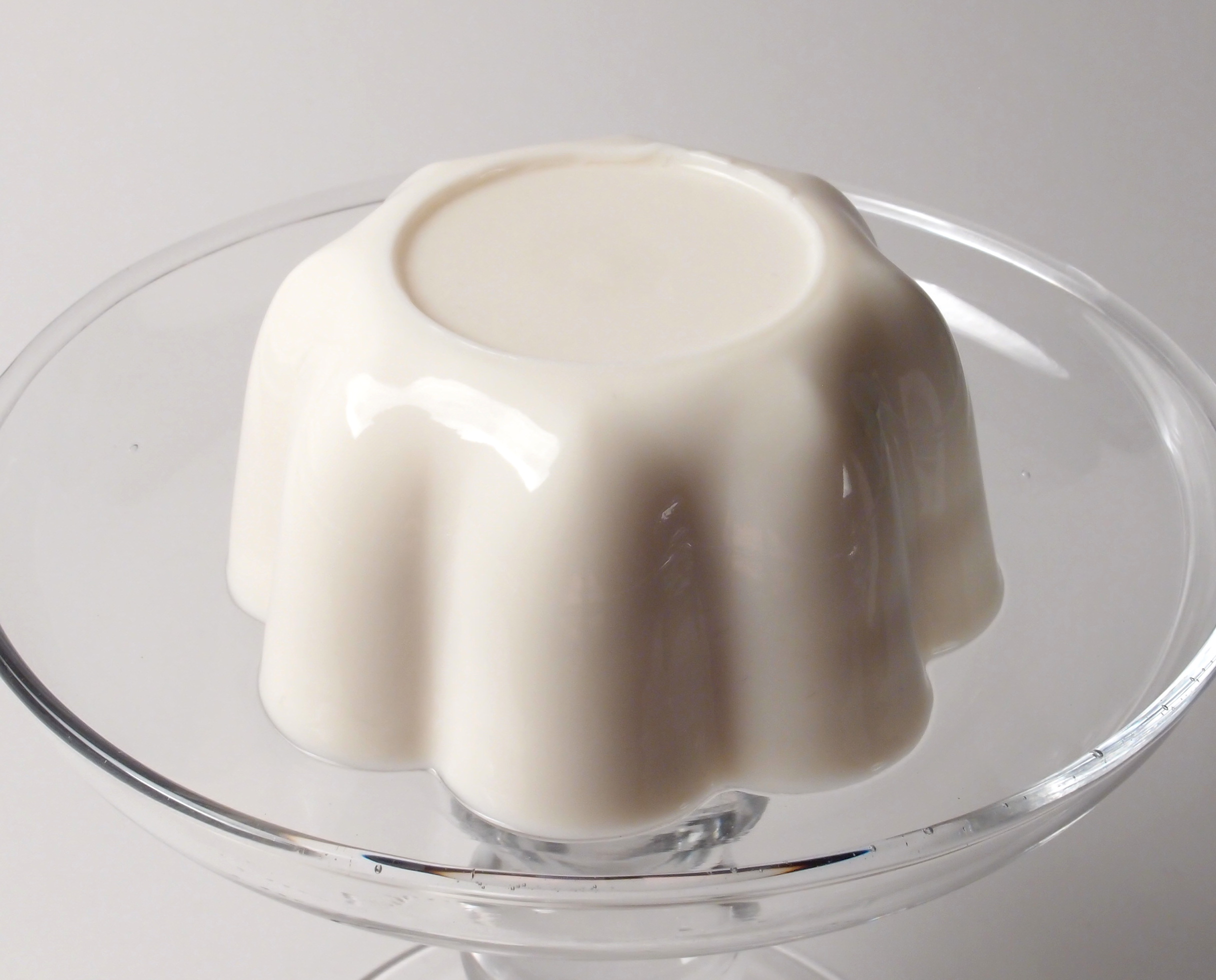Delicious Onion Recipes
I often use onions in tuna, egg, and chicken salad, to flavor soups and meats, and I especially like fried potatoes and onions. But I’ve never made stuffed onions, onion soup, sauces, or any of the other recipes listed below. They all sound delicious. If you ever get a chance to buy Vidalia onions, grown in the state of Georgia, be sure to give them a try. They are a sweet tasting onion. INFORMATION BELOW FROM 1800s COOKBOOKS: ONIONS FOR…
